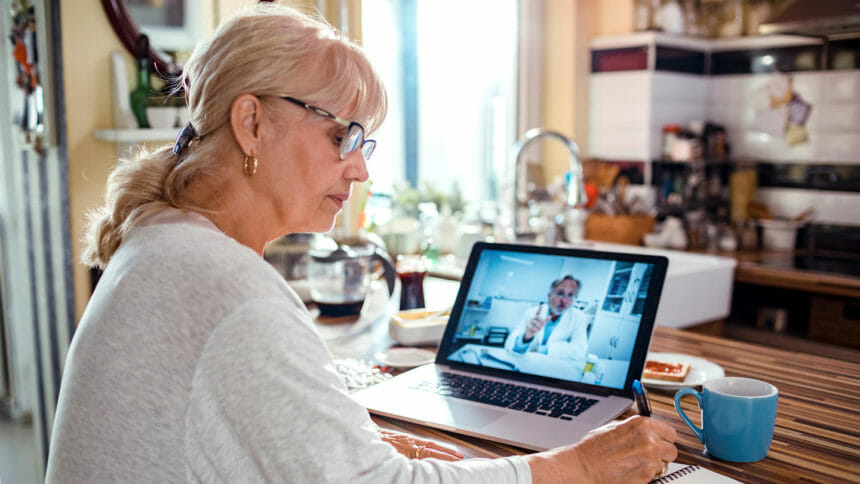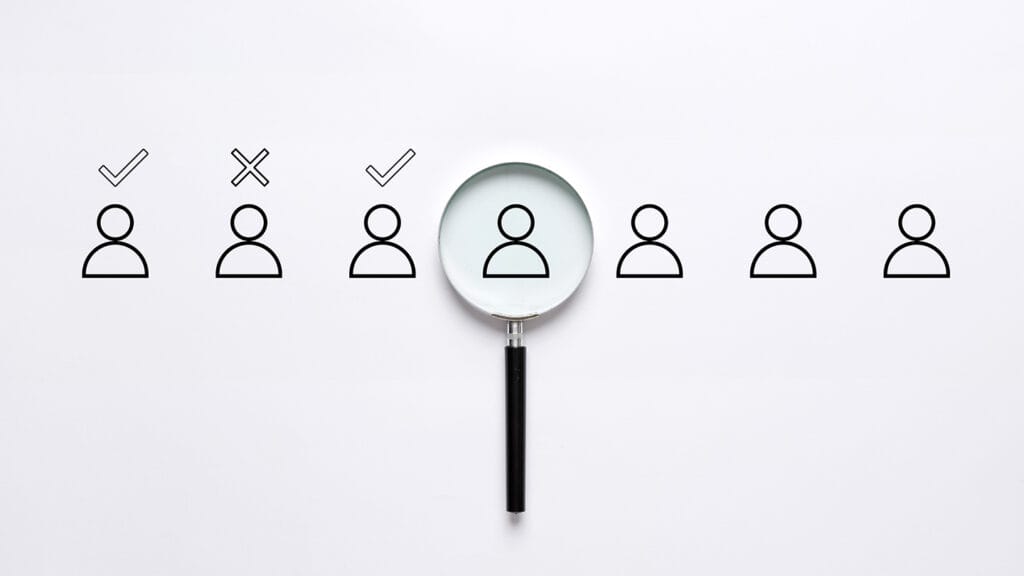
With an extreme shortage of both low-wage and skilled home care workers, telehealth is proving to be a valuable stopgap, a home care executive said at the Collaborative Care Tech Summit hosted by LeadingAge this week.
“Telehealth is that release valve,” said Ornit Niv, chief operating officer of BrightStar Care of the Upper East Side of New York City and of South Brooklyn. “One nurse can see multiple clients in a day.”
The technology lets her company use staff more efficiently, she added.
“There are so many applications to it,” she said. “I think it’s going to really define home care.”
Niv spoke during a virtual panel discussion about whether telehealth can address the shortage of clinicians and caregivers. Mike Billings, chief strategy and business development officer, Infinity Rehab; and Gerard Moawad, M.D, CEO, M-Medical Group, joined her on the panel.
The consensus of the group was that telehealth during the pandemic helped to save money and deliver more care to people — particularly in remote areas.
“It’s a huge moment in the industry, in my opinion, to have telehealth touch all these patients with a camera and have nurses give us all the feedback,” Moawad said. “I think it’s a big plus.”
Downsides
But there are challenges, the panelists noted. Earlier in the pandemic, for example, some workers did not buy into the technology, Niv noted. While certain positions, such as physical therapists, were happy to do care remotely, home health aides were not as receptive to it. They often had to serve in the position known as the “presenter,” or the person who turns on the computer and helps to coordinate the visit. The technology, such as the FaceTime or Zoom applications, “was complicated. It was clunky,” she said.
And family members were not sold that their aging family members could use it.
“That’s not a battle we’ve won yet,” said Niv, who pointed out that her firm since has found success with a partnership with HealthJay, a virtual platform that delivers video entertainment, social engagement, safety features and telehealth.
Also, telehealth may be seen as a burden, Billings pointed out. There may be added patient consent and identification procedures, and clinicians may have to work through presenters. All of this adds complexity to typical in-person encounters, he said.
“The short answer is yes, it can definitely improve staffing issues. It can also exacerbate them,” he said.
Case in point: The presenter position adds to workflow and is an extra expense, which Medicare does not pay for, the panelists said. But given the savings in terms of resources sand expenses in other areas of telehealth, this position is well worth it, Moawad said.
Embrace data
Many home care patients in New York still have not left their homes since the pandemic began, Niv said. Going forward, telehealth can be used to change habits. For example, embracing data regarding telehealth will be helpful in making a case for it for remote monitoring and early interventions in the home, Niv said. Also, it needs to conform to usability, so the patient does not have to touch anything.
“I hope there is more advocacy to get it in the hands of people,” she said.
Billings, whose company used telehealth way before the pandemic, said the sweet spot for rehab is the hybrid model.


